Driving Guide
Memphis
The beautiful city of Memphis is the birthplace of Elvis and a popular tourist destination, making its roads busy. This guide will provide you with a breakdown of all the major roads, including interstates, highways, and state roads, traveled in the Tennessee-based vacation spot, so you can effectively navigate the town.
This guide will also highlight public transportation available in Memphis and the most dangerous roads and intersections to avoid. Lastly, we’ll cover driving laws governing common sightseeing destinations, parking in the city, and other important information about journeying on Memphis roads.

Table Of Contents
- Major Memphis Highways and Roads
- Places to Visit in Memphis
- Memphis Public Transportation
- Most Dangerous Roads and Intersections
- Driving and Accident Statistics in Memphis
- Traffic and City Safety
- Memphis Driving Laws
- What To Do If You’re in an Accident in Memphis
- Getting a Driver’s License in Memphis
- Parking in Memphis
MAJOR MEMPHIS HIGHWAYS AND ROADS
Below is a breakdown of the major roads and highways around Memphis and where they enter and exit the city:
I-40
Colloquially known as “Tennessee’s Main Street” because it passes through the state’s three largest cities – Memphis, Nashville, and Knoxville – the east-west interstate enters the city from Arkansas via the Hernando de Soto Bridge that crosses the Mississippi River. The interstate continues into the western and northern sides of downtown Memphis, then towards Bartlett, and exits the city before entering the north Fayette and Haywood Counties.
I-55
A major north-south interstate that enters the city from Northwest Mississippi via Southaven in Desoto County, bypassing Memphis International Airport to the west. I-55 heads north until it reaches its interchange with I-240, then turns west for a brief period before turning northward again. Before going downtown, the interstate turns west again at E.H. Crump Boulevard and crosses the Mississippi River via the Memphis-Arkansas Bridge into Arkansas. Take this route instead of I-240 and I-40 if you want to get across the Mississippi River bypassing downtown. Note that the speed limit on I-55 is 65, not 70.
I-69
Enters Memphis from Mississippi via Southaven running parallel to I-55. It runs through east Memphis before splitting off to the west after Sylvian Heights.
I-240 (airport access)
The major beltway in Memphis begins east of downtown Memphis at an interchange with I-40, continuing south and running through Midtown Memphis. At an interchange with I-55 in South Memphis, it changes direction to head east, then heads north after an interchange with SR 385, and ends at a stack interchange with I-40 and other highways. I-240 essentially branches off I-40 providing quick access to downtown areas.
I-269
A recently completed beltway that serves as an outer bypass for the Memphis metropolitan area. It enters Tennessee from Northern Mississippi at Collierville.
State Road 385
This road leads into the city from the east of Collierville and connects to I-240 when entering the city.
US-51
A part of the southern portion of this highway earned the name “Elvis Presley Boulevard” because you can find Graceland there. This highway runs straight through downtown Memphis, making it a convenient choice of road to travel to see the sites and enjoy the city.
US-79
This road enters Memphis from Arkansas via the Arkansas-Memphis Bridge and runs northeast through downtown and the greater Memphis area.
Beale Street
This famous street in downtown Memphis is known for being the birthplace of blues music and has several clubs, restaurants, and outdoor concerts for visitors to enjoy. It runs from the Mississippi River to East Street, for a distance of 1.8 miles, and ends at the Medical District.
PLACES TO VISIT IN MEMPHIS
When in Memphis, these are the places to go for the complete tourist experience:
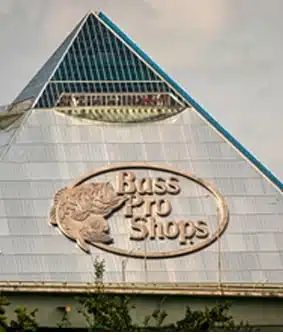
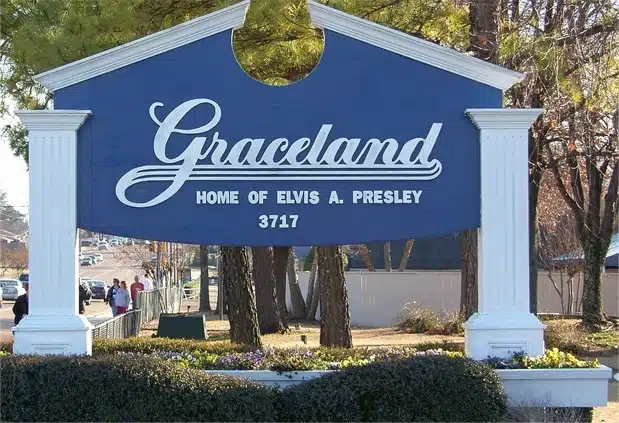
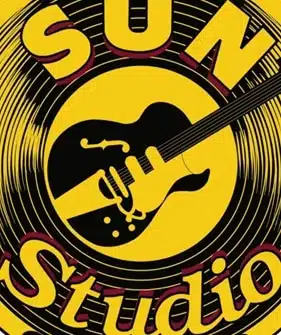
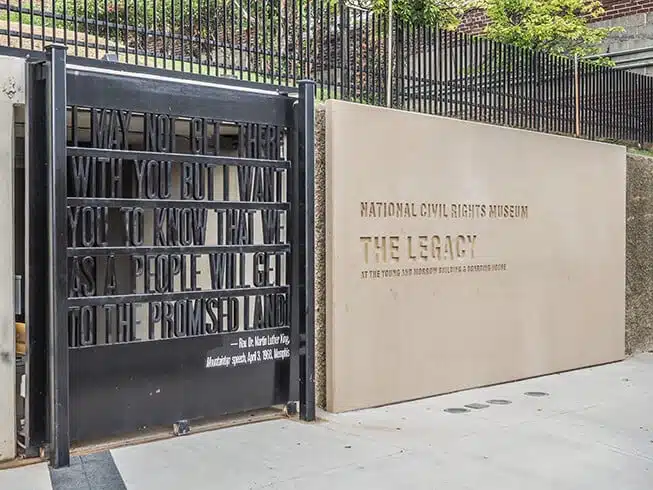
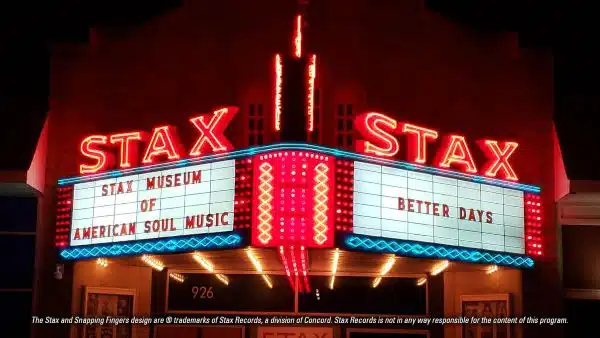
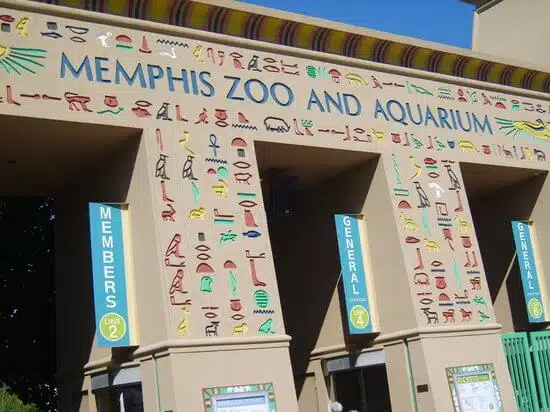
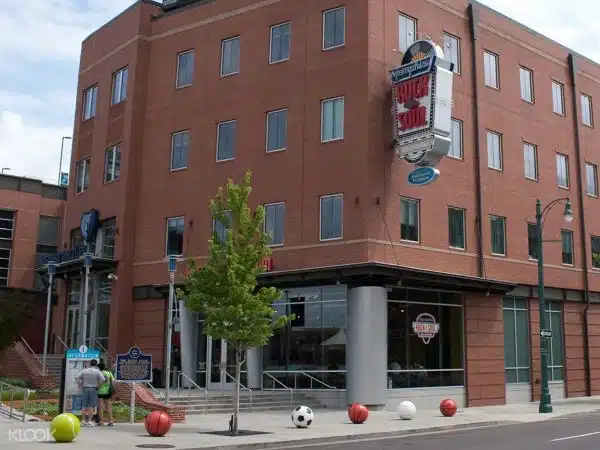


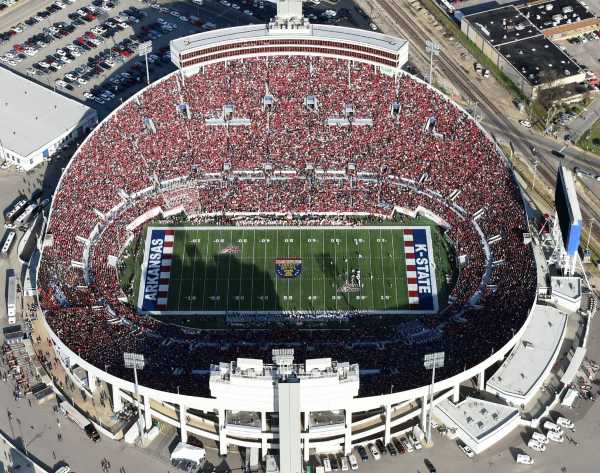
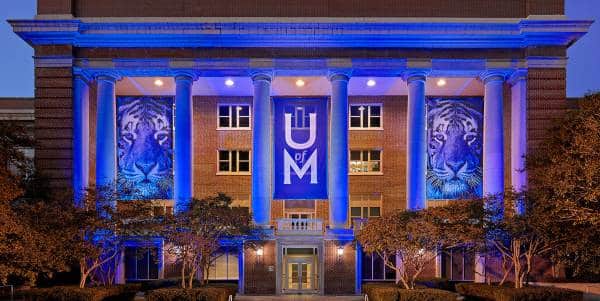
Getting Around Memphis Using Public Transportation
Memphis has several public transportation options if you want to avoid driving around the city on your own, including:
Buses
Memphis offers around 30 different bus routes that can take you all around the city. Also, due to the COVID-19 pandemic, bus fare is currently reduced to only $1.00 per ride. The William Hudson Transit Center, located just north of I-40 on Shadyac Avenue in downtown Memphis, has access to around 20 public transportation buses.
Trolleys
Memphis has several trolley lines as an alternative, more environmentally friendly transportation option to buses. Three different lines serve the downtown area: The Riverfront Line, Main Street Rail Line, and the Madison Avenue Line. Madison Avenue runs from Memphis Park east through the Medical District. Main Street starts just north of I-40 on Shadyac Avenue, right by the William Hudson Transit Center, and runs south, ending with the National Civil Rights Museum and Central Station at the location of the Amtrak. The Riverfront line begins in the north at the iconic Bass Pro Shops pyramid. It proceeds south, wrapping around W Georgia Avenue and looping back around downtown, including a stop on Beale Street. The fare is $1.00, and day passes are $2.00.
Memphis Hop
If you’re looking for a more directed, tourist-focused ride around town, then the Memphis Hop is for you. This bus stops at different attractions, including Graceland, Sun Studio, the Bass Pro Shops pyramid, and the National Civil Rights Museum. The way it works is that the bus will take you to a location where you’ll “hop off” for whatever time you need to explore the attraction before hopping back on another bus to visit the next site. The buses run every hour and twenty minutes. If you’re dedicated and follow the schedule, you can make it to six attractions in one day. Tickets are $30, and it’s currently only running from Thursday to Saturday, so you should plan accordingly.
The Most Dangerous Roads and Intersections in Memphis
Below are traffic and crash data and information concerning hotspots in Memphis:
Driving and Accident Statistics
Shelby County has the most licensed drivers (575,000) of any county in Tennessee, leading to an increased risk for traffic congestion and accidents. Between 2010 and 2019, motor vehicle crashes increased more than 44% in Shelby County, including Memphis, Germantown, Collierville, and other surrounding cities. Thirty-eight thousand car crashes occurred in Shelby County in 2019. Police listed distracted driving as a contributing factor in 7,901 of those crashes.
Congested and Dangerous Intersections
Based on the car accident data, some of the most dangerous intersections in Memphis are Poplar Avenue and Ridgeway Road, Shelby Drive and Lamar Avenue, and Winchester Road and Kirby Parkway. A recent study based on the number of 18-wheelers and commercial truck drivers operating their trucks while on cell phones showed that two Memphis intersections, Compress Drive and S Lauderdale Street and E Holmes Road and Lamar Avenue, ranked among the nation’s most dangerous.
Avoid those roads and intersections if you’re hesitant about a possible collision with an 18-wheeler. Generally, most accidents and congestion occur along I-240, typical for a major city’s beltway. You can see these traffic hotspots in the red images below:
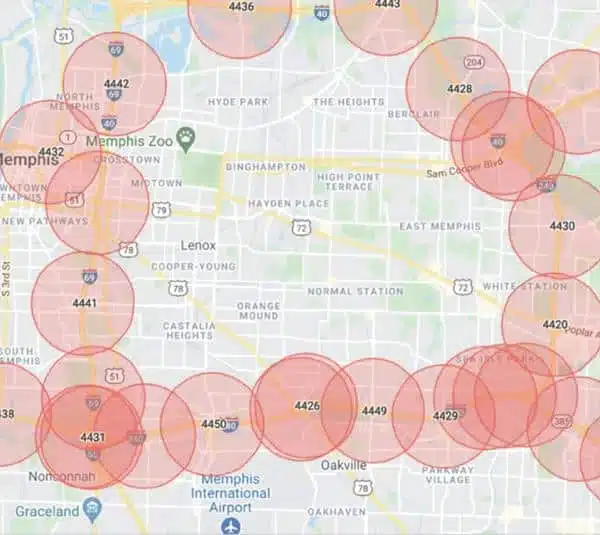
Here’s a closer look at I-240, I-55, and I-69:
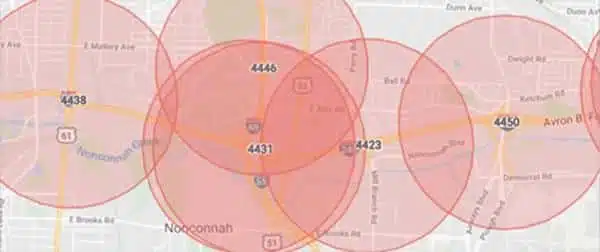
Here’s a closer look at I-240, State Road 385 and I-240, and US Highway 78:
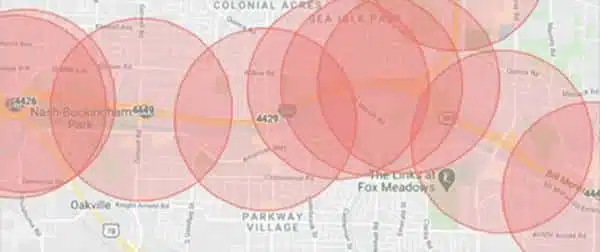
Traffic congestion and accidents get especially bad where I-240 meets I-69 and I-55, a little bit north of Graceland, and where I-240 meets State Route 385 in the city’s southeast region. Also, I-240 has more backed-up traffic and collisions where it merges back into I-40 in the east part of the city. Heading east on I-240 is probably the worst highway to travel in Memphis due to traffic and accidents, so consider hopping off the interstate and taking some local streets (i.e., the scenic route) instead.
Overall Traffic and City Safety
Memphis doesn’t have the worst reputation for traffic and accidents, even though I-240 can get bad sometimes. You generally only encounter rough traffic situations on the interstate, especially where interstates merge with other roads, which isn’t abnormal for a city. Just be on guard when traveling through Memphis during rush hour on workdays.
Traffic statistics might be off a bit because Shelby County includes a large swath of area and other cities that are not within the limits of Memphis. If you have experience driving through the south, Memphis will probably rank slightly behind or close to Nashville on related traffic and danger risks. Still, the congestion is nowhere near Atlanta’s traffic.
You should still use caution as you travel Memphis roads and watch for drivers who aren’t paying attention as they try to get somewhere quickly and unaware. Also, Memphis is a hazardous city in general; it constantly ranks close to the top of many different lists in national crime statistics. Do some research on other high-crime areas in Memphis before visiting, so you don’t wind up stumbling into these risky regions by mistake.
Other Memphis Driving Quirks
Mostly one-way streets make up downtown Memphis, so be careful not to get caught driving the wrong way. Also, be warned that there is a significant difference between North Parkway East, East Parkway, East Parkway South, South Parkway, and South Parkway West. These streets often intersect each other, making your journey a bit challenging. Finally, when it snows or drops below freezing, watch for ice and other slippery or fretful weather conditions. No matter where you’re traveling from, bad weather situations can increase your risk for accidents.
Airport Information
You can locate Memphis International Airport in the southeast portion of the city, close to the Tennessee-Mississippi border. There are two different routes to the interstate depending on where you’re trying to go within the city. You can take Airways Blvd. to Winchester or Raines, taking you to I-55, and continue that route to get downtown via S 3rd Street, or you can go across the bridge into Arkansas if you’re feeling adventurous. Alternatively, you can take Airways Blvd. north until you get to I-240 if you want to head east towards the suburbs. You can find Graceland located only a couple of miles from the airport. Get on Winchester Rd. to get to Highway 51, then head south to see Elvis’ former dwelling place.
Memphis Traffic Updates
Calling 511 is one of the best ways to get traffic updates via the Tennessee Department of Transportation when traveling the Memphis roads. The 511 phone system uses voice-activated and touch-tone technology. You will discover a greeting with a menu of options, including traffic conditions, weather forecasts, rest areas, public transportation, airports, and tourism, when you dial in. You can also check out TNSmartWay for real-time traffic information on highway incidents, or follow TDOT on Twitter for updates.
Memphis Driving Laws
To avoid leaving the city with an expensive traffic ticket or worse, you should be aware of the following Memphis driving laws:
If you feel like site-seeing around Memphis on your motorcycle, be sure to follow the city’s laws related to your specific mode of transportation. You cannot allow another person to ride on your bike unless it has a seat designed to accommodate a passenger. The motorcycle driver and passenger must wear crash helmets approved by the state’s Commissioner of Safety. When operating your motorcycle, regardless of whether it’s day or night, your headlights and taillights must be on. Every bike must have a windshield or safety goggles approved by the Commissioner of Safety. If you fail to follow the windshield or goggle and helmet requirements, you will be guilty of a misdemeanor.
Note that Memphis has a speed enforcement photographic system installed throughout the city, so watch out for any intersections or lights with cameras and heed traffic laws to avoid tickets and collisions.
In Tennessee, you can get your learner’s permit at 15. When you have your learner’s permit, you must have another licensed driver, preferably a parent, guardian, or relative, in the car when you’re driving. You must pass a standard vision screening and a computer knowledge exam to get your learner’s permit. You must be 16 years old to be eligible to receive a Tennessee Intermediate driver’s license once you have held a valid learner’s permit for a minimum of 180 days and have at least 50 hours of behind-the-wheel driving experience, including 10 hours of night driving. Also, passing a road skills test is required.
If you’re not from the US and plan to stay in Tennessee for more than 30 days, you’re considered a Tennessee resident for driving purposes and must apply for a Tennessee driver’s license within 30 days of arrival in the state. Conversely, if you’re visiting for a period of fewer than 30 days, you do not become a Tennessee resident and don’t need to apply for a Tennessee driver’s license.
International visitors are permitted to drive in Tennessee as long as they have a valid driver’s license from another country. Still, foreign drivers are strongly encouraged to obtain an International Driving Permit (IDP) before coming to the US. An IDP is not required, but it’s valuable to have when traffic violations or auto accidents happen because it provides an official translation of your foreign license.
Americans are typically not bilingual or multilingual speakers. The IDP by itself is not valid for driving in the US; it’s only an official translation of the foreign driver’s license and requires an actual valid, unexpired driver’s license from your home country to accompany it. The government issuing the foreign driver’s license also gives IDPs, typically via a national automobile club or association. You can find a list of IDP issuers by country. International individuals should also follow the instruction of their driver’s licensing agency in their home country.
If you’re planning to drive your Tesla through Memphis, you’re in luck. Tennessee has one of the most relaxed approaches to autonomous car legislation. The state passed a law prohibiting local governments from banning the use of cars with self-driving technology. Additionally, Tennessee passed a law explicitly allowing electronic display use when a vehicle is in autonomous mode. Auto manufacturers must pass a certification program through the Department of Safety before testing or operating their autonomous vehicles in the state.
Like most cities, when traffic signals are not in place or operating, drivers must yield the right-of-way, slowing down or stopping if necessary, to a pedestrian crossing the roadway within a crosswalk. You must also yield the right-of-way to any pedestrian on a sidewalk that extends across an alley, building entrance, road, or driveway.
You cannot text while driving in Memphis. If you do, you’ll be subject to a $50 fine. Memphis doesn’t have any laws prohibiting using a cell phone, though, for calls while driving.
No driver or passenger can drink alcoholic beverages or possess an open container of an alcoholic beverage while driving or riding in a vehicle. Violating this law is a Class C misdemeanor, punishable by a $50 fine. This law varies state-by-state, which is vital to know because Mississippi doesn’t have any open container laws. So be sure to finish or throw away all of your open containers before passing into Tennessee.
WHAT TO DO IF YOU'RE IN AN ACCIDENT IN MEMPHIS
If you are in an accident while driving in Memphis, it’s crucial to follow these steps:
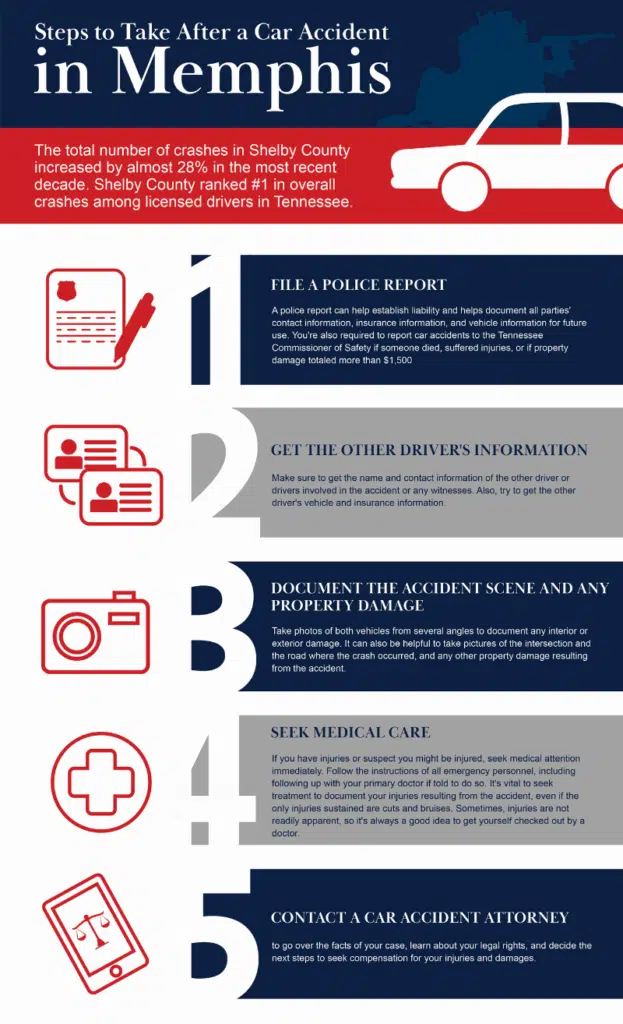
Renting a Car in Memphis
If you arrive in Memphis by plane, getting a rental car is relatively easy because the airport has several car rental companies to choose from, including Budget, Enterprise, Alamo, and Avis. If you’re staying downtown and planning on driving around the city a fair amount, a rental might be a good idea because an Uber from the airport downtown will usually cost you around $50, depending on the time of day.
Alternatively, you can take the 28 Bus to William Hudson Transit Center and take another bus at the center to get to your destination if you want to go the cost-efficient route. Memphis is a relatively compact city. With its extensive public transportation system, you can get around town quickly and affordably, without the added hassle of finding and paying for parking. Unless you’re planning on venturing outside the city, a rental car might not be worth it unless you seek the comfortability and flexibility it can offer.
Taking the Amtrak: Amtrak offers one of the best, most scenic train routes beginning in New Orleans, spanning from the South up to the Midwest, and ending in Chicago. Memphis is in the middle of this route, so if you live in southern Louisiana, central Mississippi, the St. Louis area, or southern Illinois, this can be an affordable, relaxing way to get to Memphis.
Ticket prices are generally between $50-100, with costs varying depending on where you’re starting your trip. To get a sense of how long it might take depending on your location, it takes 10 hours to get to Memphis from Chicago and 9 hours if you’re leaving from New Orleans. When arriving in Memphis, you’ll disembark conveniently in the heart of downtown Memphis at Memphis Central Station, which is about two streets south of the National Civil Rights Museum and approximately eight streets south of Beale Street.
This transportation mode is a great option if you have the time and want to take in the incredible views the train ride offers.
Getting a Driver’s License in Memphis
If you already have a US driver’s license and you’re just visiting Memphis, it should be easy to rent a car so long as you meet the other car rental requirements, such as age and other restrictions.
If you want to get a driver’s license in Memphis, issued by Tennessee state, you’ll need to take a written and on-the-road driver’s test. To get a driver’s license, you also need to show proof of US citizenship or lawful permanent residence or that you’re authorized to stay in the US.
Various driving schools throughout Memphis can help you prepare for both the written and hands-on driver’s tests so that you can obtain a license with ease.
Parking in Memphis
You’ll find parking meters located throughout the city, but it can sometimes be challenging to find parking. In that case, you can use various apps to help, including Parkopedia and Parkwhiz.
There’s a lot to see and do in Memphis and many different ways to get around the city. Drive safe and enjoy your stay!
 Skip to content
Skip to content
